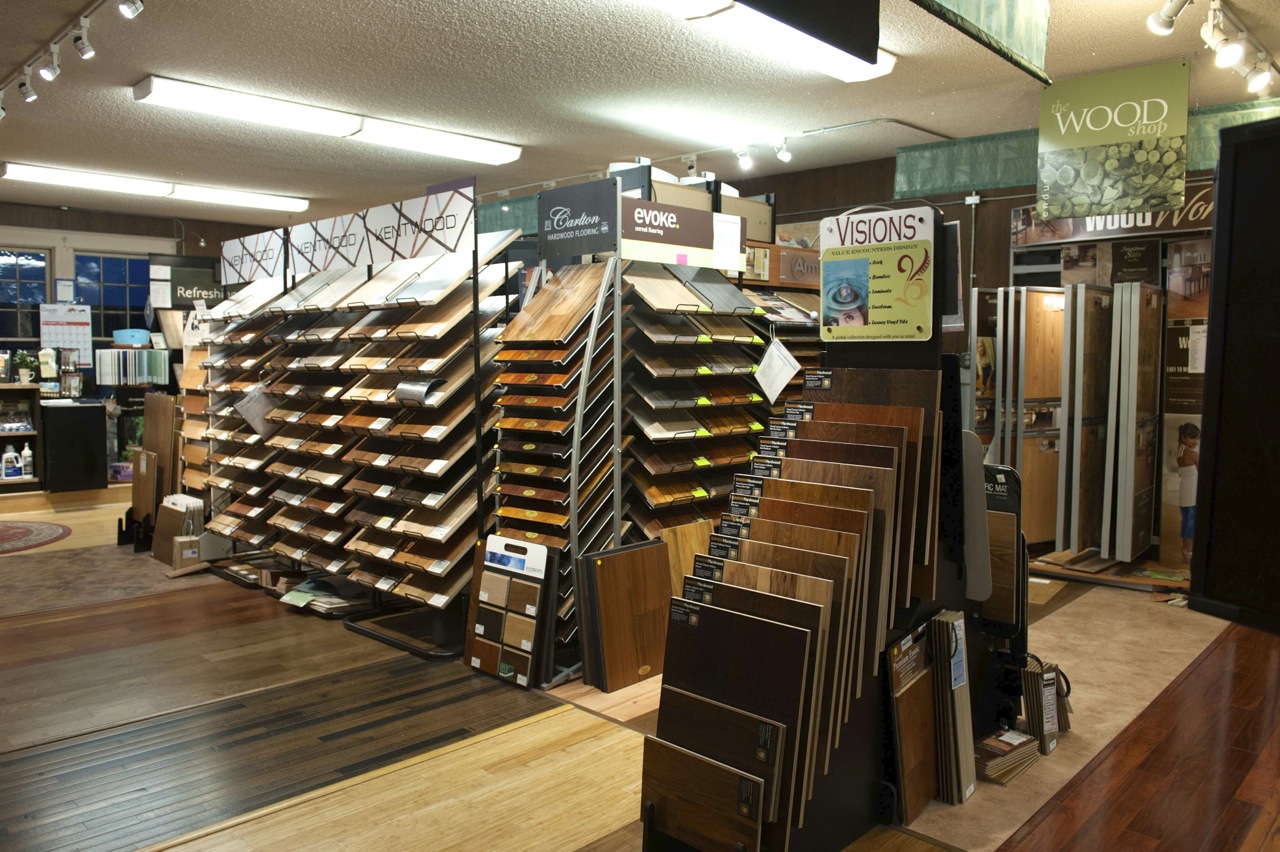Ever wondered how hardwood floors are made? We're repurposing this post from Greener Ideal, which gives a thorough account of the manufacturing process - forestry and production - of traditional wood floors

So what exactly is involved in making wooden floors? Here is a brief guide to the manufacturing process.
Forestry
Most lumber comes from carefully managed forests. There are typically four methods used to determine which trees will be chosen: selection, shelter-wood, group selection or clear-cut.Selective and shelter-wood felling involves single-tree selection in which an inventory is made of the forest tallying species, their quality and size. This information is compiled and a prescription for cutting that forest is devised. Professional tree markers will then go and paint the trees to be removed using the forest’s prescription.The process of group selection is essentially spots of clear cutting that ranges in size from 1 to 10 acres. This method utilises areas of timber that are under-stocked or undesirable.The fourth method of tree selection is called clear-cutting. As the name suggests, clear-cutting is the process of cutting down all of the trees in one area. This is the most controversial form of logging largely due to the unsightly landscape the practice generally leaves behind.Regardless of the type of tree selection used, the loggers plan what they are cutting carefully before they venture into the forest. To cut the trees, large machines often called ‘bunchers’ are used although chain saws are still utilised to fell larger trees. Then the logs are pulled out of the forest using a skidder that pulls the logs using a series of steel cables and a powerful winch.
Production
Once the trees have been cut down they are taken to the sawmill. The first step for the logs here is the de-barker which takes off the bark in a single process similar to a pencil sharpener.The shaved logs are then rolled onto the carriage where someone turns the log so that the best face can be selected to produce the best yield. Computers with laser optics may be used to select the first cut of the log and they then cut off a slab making one side flat.Next, the log is cut into long strips. Once the middle of the log is reached, the log is turned 180o and cut from another direction using a band mill or circle saw (both are similar to their carpentry tool counterparts).Some of these long strips may still have bark left on or have rough edges so they are removed from the carriage and taken to the edger. Then a double-end trim saw takes off any defects on the ends of the boards (bark ends, splits etc.). Using the same saw, they are cut to their desired length.Now the lumber is taken to the flooring mill where it is stacked with sticks to allow air to circulate. It is then either air dried or pre-dried. Air-drying can take a couple of months whereas pre-drying can be achieved much quicker as the lumber is stacked in large buildings where the atmosphere is closely controlled.After the first drying process, the lumber is placed into kilns which are like large ovens that will remove most of the moisture from the wood and will sterilise it. Kilns vary between 100 and 180 degrees Fahrenheit. They are highly specialised pieces of equipment that constantly measure the temperature, air flow, humidity and moisture content at points throughout the kiln.Once the lumber coms out of the kiln, it has a specific moisture content which is detailed in the form of a percentage, for example, 5%. To cool the lumber, it is stacked in cooling sheds until its core temperature cools right down.From here, the lumber is taken to flooring retailers and specialists all over the world for you to enjoy in your home for many years to come.###Source: Greener IdealImage: View of our hardwood showroom









